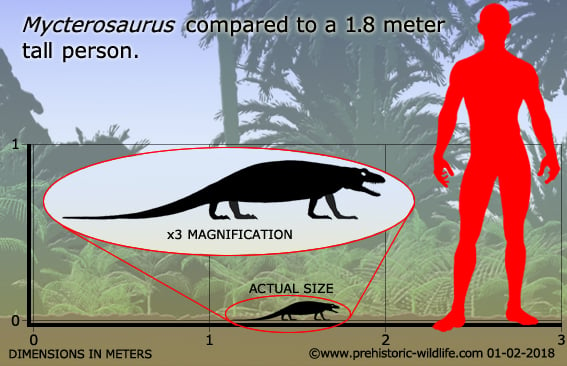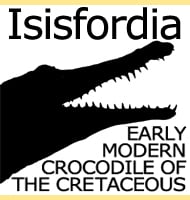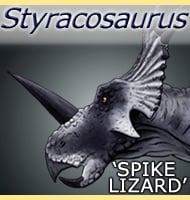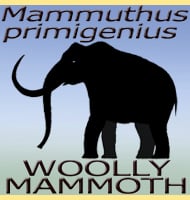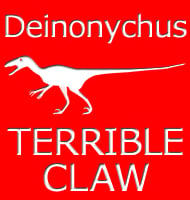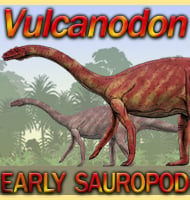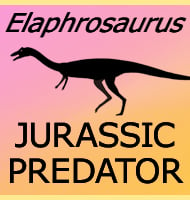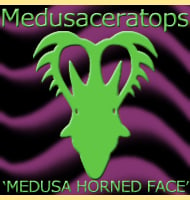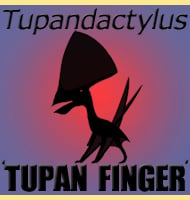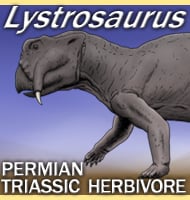In Depth
Mycterosaurus was a varanopid pelycosaur that lived in the USA during the Permian. The small size of Mycterosaurus is suggestive that this genus was as predator of small vertebrates and possible larger invertebrates. As a member of the Varanopidae, Mycterosaurus would have been a relative of such genera as Varanops, Varanodon and Varanosaurus.
Further Reading
- A New Genus and Species of American Theromorpha: Mycterosaurus longiceps. - Journal of Geology 23(6):554-559 - Samuel Wendell Williston - 1915. – Restudy of Mycterosaurus longiceps (Reptilia, Pelycosauria) From the Lower Permian of Texas. – Annals of Carnegie Museum. 51: 423–453. – David S. Berman & Robert R. Reisz – 1982. – A Re-Description of ‘Mycterosaurus’ smithae, an Early Permian Eothyridid, and Its Impact on the Phylogeny of Pelycosaurian-Grade Synapsids. – PLOS ONE. 11 (6). – Neil Brocklehurst, Robert R. Reisz, Vincent Fernandez & J�rg Fr�bisch – 2016.
